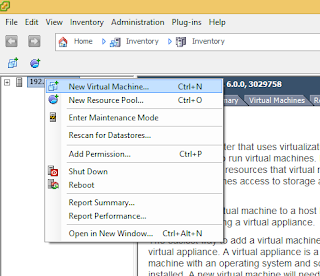Well, the choice of Big Data technologies are only present in the Open Source World!!!
Unless Microsoft does something drastic, all Microsoft technology professionals should learn the open source technologies.
So gear up and refresh those memories that you had when you were at college where all the open source technologies were taught which we forgot once we came into Microsoft world.
Remember the dumb terminal, the green screen and most importantly no mouse and the legendary vi text editor.
So how much to learn and how fast?
Since I mostly develop Products or Application on top of the Microsoft Stack, here are some questions that might arise between Microsoft and Open Source.
Which one to learn?
Unlike a Microsoft Stack where there is only one Technology to do the job; in the open source you have a plethora of choices. There is no architect or company saying what to build next or how the pieces of software needs to work together to form a big part. So the choices would boil down to the ones that you pick based on reading, recommendation etc.
What happens if I pick the wrong one?
Well, unlike Microsoft technologies which is forced to make the technology work for all the generic usecases that their technology needs to solve, the open source takes it easy, they would just ask your to switch to what ever that works for you? The reason is you are not paying for it or that is not in the roadmap or you can do it yourself and add the feature. So in a way you have to keep changing the technologies to suit your need.
What happens to release assurance?
Well, most of the development would be free flow, so no curbing on what was released. So be prepared to throw things away when changing from version to version. There is nobody to police anyone as its all free without warranty. At the very least you might get patches for the existing version for some time, but the point is be prepared to constantly evolve as the version of the technology that you are using changes.
What happens to Interoperability?
Again, since there are so many technologies out there for the same or similar problem, its the responsibility of the Architect (Tailor) to stitch together the design and the different technologies that conform to the design. This role which is played by Microsoft right now needs to be played by the technology head that is making the decision on the application. Just like Microsoft makes mistakes and sunsets the different technologies and moves on, the tailor to needs to do these without much impact to the product or the business.
What happens to Documentation and Samples?
This for some reason resonates with the developers. We don't want to write documentation, we don't want to write samples, make it simply for others; why cause, "Hey, its so simply figure it out". Well welcome to reality, you now get back with interest, specially if you come from Microsoft world, be prepared to look at logs, user nets, google, stack overflow etc. etc. for hours before you can get anything done. There are no folks out there who have a dedicated job of documenting. They would rather wait for you to post the exception or the question and answer those than do any preventive techniques that could save time in the first place. So be prepared to dive in, drown and then learn to swim. Just like a cartoon character you always live!!!
What happens to Development Tools?
The similar story, since every technology would be suited for a different need, we can't have the same development tool that would support everything, so unlearn what you learnt from Visual Studio and be open to all the possible editors and languages that you need to master to get the job done.
To summarize come out of the protected homogeneous world of Microsoft and enter into the actual technology world with diversity also described as a polyglot environment.
Lets take the first step.....















